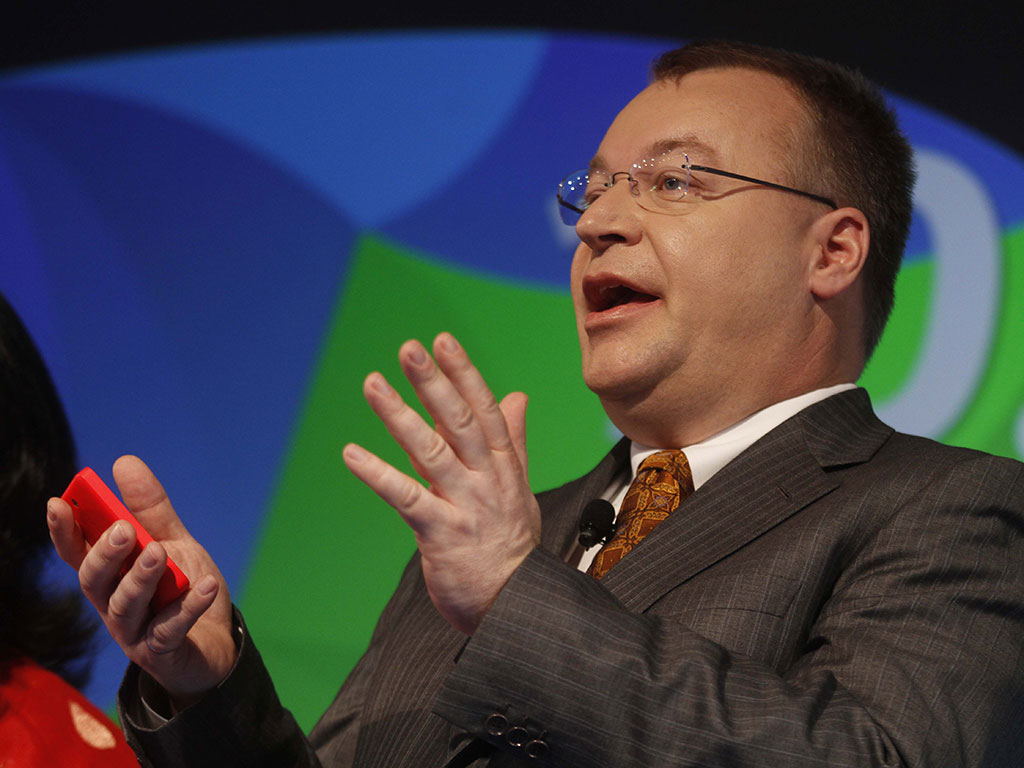Elop departs as part of Microsoft reshuffle
Former Nokia-CEO Stephen Elop is the biggest name to be leaving Microsoft, as the company looks to align its engineering teams with its strategy

In a major reshuffle at Microsoft, Stephen Elop is to leave along with colleagues Kirill Tatarinov and Eric Rudder
Little over a year into his tenure as head of Microsoft’s Devices and Studios business, the company has announced that the Canadian-born former Nokia CEO Stephen Elop will be leaving after a designated transition period. The executive is one of three changes made to its senior leadership team. Kirill Tatarinov and Eric Rudder will also be departing, as Microsoft looks to more closely align its engineering teams with its strategy and structure.
Elop was among the favourites to head Microsoft
“We are aligning our engineering efforts and capabilities to deliver on our strategy and, in particular, our three core ambitions,” said Satya Nadella, CEO of Microsoft. The company’s ambitions are to reinvent productivity and business processes, to build an intelligent cloud platform, and finally create more personal computing. “This change will enable us to deliver better products and services that our customers love at a more rapid pace.”
Elop was among the favourites to head Microsoft before Satya Nadella was appointed to the role last year, and served as chief executive for Nokia between 2010 and 2014, becoming the first non-Finn to lead the company. Executive Vice President Terry Myerson is to be Elop’s replacement, taking charge of the newly formed Windows and Devices Group. Executive Vice President Scott Guthrie will continue to lead the Cloud and Enterprise team, whereas Executive Vice President Qi Lu will head the company’s Applications and Services Group.
In an email to employees, Nadella spoke of creating the best Windows experience possible, adding that Elop was a “strong advocate of the need to drive focus and accountability around the delivery of these experiences and has helped drive tighter alignment toward the ambition of more personal computing.”













